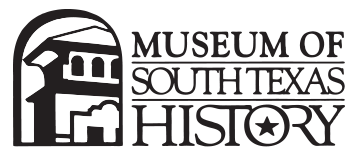MOSTHistory staff began “A Single Step Preservation Project” 2016 to help promote preservation of family heirlooms at home. You can also participate in “A Single Step Preservation Project” by doing any of the listed projects. Share your projects by publicly posting on social media with “#SingleStepProject.”
Suggested Projects for “A Single Step Preservation Week”
- Transfer family photos from one old acidic, or “magnetic” photo album to a preservation-grade album or box.
- Add metadata (e.g. name, date, event, location) to digital photos from your last vacation.
- Move a framed photograph or document that is hung on a sun-exposed wall to a wall that receives little or no sun.
- Buy an acid-free, textile-appropriate box for a family textile item (e.g. wedding dress, baby clothes, prom tuxedo, military uniform).
- Move one box of family documents or photographs from the garage or attic to an area in the home that has environmental controls.
- Gather the documents and photographs of a recently deceased family member into one place in order to later place them in the proper storage containers.
- Migrate one VHS tape of a family reunion to a DVD. You can do it yourself or use a professional service.
- Remove family documents from plastic 3-ring binders and place in acid-free boxes.
- Scan your most treasured family letter or document so you have a digital back-up. Add metadata to the digital file.
- Gently dust all your picture frames with a clean, dry, and soft brush.
- Check or replace your feather duster; broken feathers can scratch sensitive objects.
- Separate stacked china plates with paper towels or flannel cloth squares.
- Have a jeweler check that settings are secure on a favorite gemstone ring.
- Clean one shelf of books. Remove the books and lightly dust with a soft brush. Remove any bookmarks or other inserts (especially post-it notes – the sticky glue is very acidic) before returning to the shelf.
- Cut felt pads to place (not glue) underneath lamps, vases, or other accessories on top of furniture.
- Check your stored quilts for signs of pests. If they must be stored folded, re-fold them in another direction to avoid permanent creases.
- Vacuum a valued piece of upholstered furniture by securing a piece of cheesecloth over the brush attachment with a rubber band. The cheesecloth will prevent loose threads from being sucked into the vacuum.
- Have your piano tuned to maintain its good playing condition. (Antique pianos or those in poor condition may need other care.)
- Check that your fire extinguisher is charged, or buy a fire extinguisher if you don’t have one.
- Check or replace batteries for smoke detectors in your house.
Here are several projects ideas completed by MOSTHistory staff.
Rene Ballesteros and the genealogoical data
Most people have an innate curiosity of their history and background. Genealogy can help provide a sense of self and understanding of one’s context through heredity. The poster below began as an assignment for my senior Spanish class in high school and has sat in a closet since.
My two main goals with this single step preservation project were to rehouse the photographs in a safer environment and record the genealogical data collected from family members.
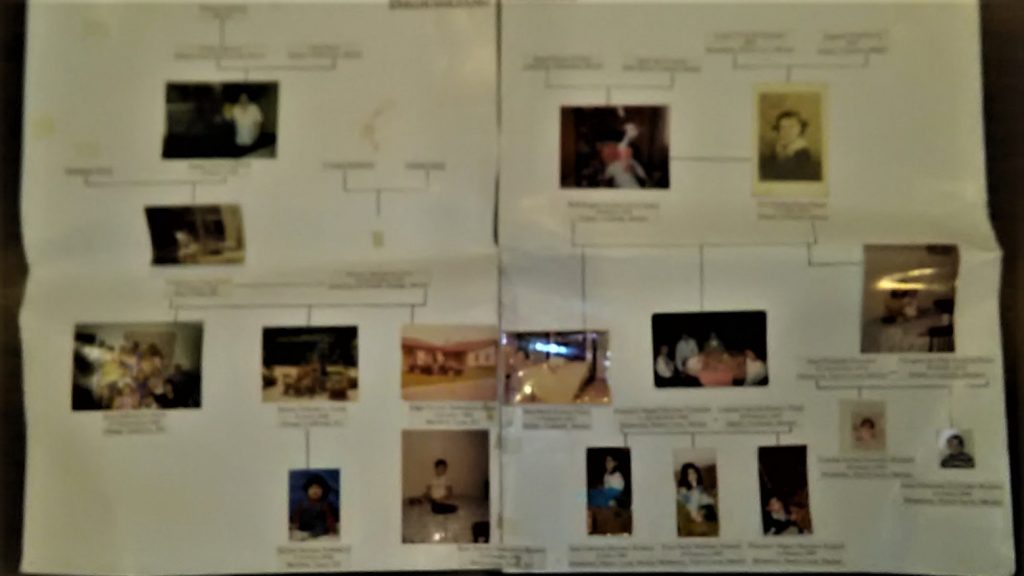
In order to complete these goals, the photographs first had to be removed from the poster backing. Initially, I had used scotch tape to adhere the prints to the poster. Unfortunately, most adhesive tape has toxic glue that, over time, causes discoloration. Essentially, materials ‘burn’ from being in an acidic environment. Photographs had to be removed very carefully with a flat metal spatula, commonly used in archives to manipulate materials and remove staples.
The second photograph shows how the duct tape, used to hold the two poster boards together, snuck through a fold and damaged original prints. Duct tape, however much it keeps the world together, is not conducive with archival images.
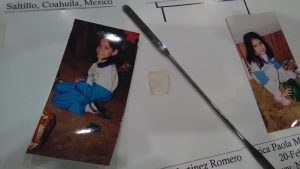
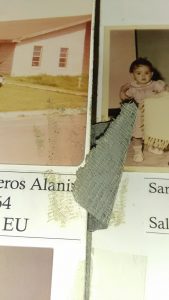
The following image shows the family tree poster board with all photographs removed. This information will be saved until it can be documented and eventually shared with my extended family.
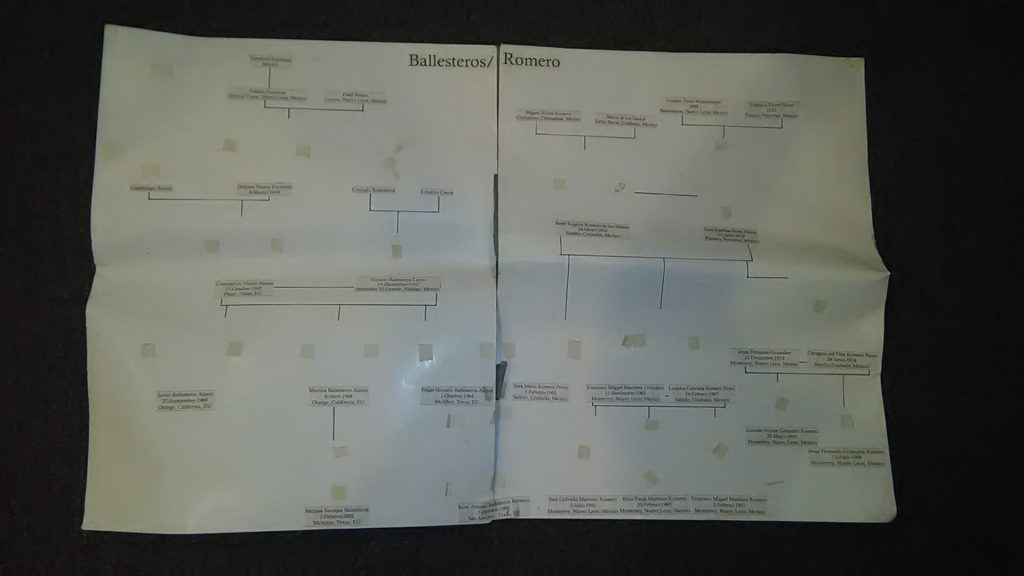
The final step was to move the photograph prints to an acid free environment for temporary storage. Photographs were separated by Permalife acid free paper and stored together in an acid free folder. Separation of the photographs was critical in preventing further damage as all of the photographs still contained traces of toxic adhesive stuck to the back.
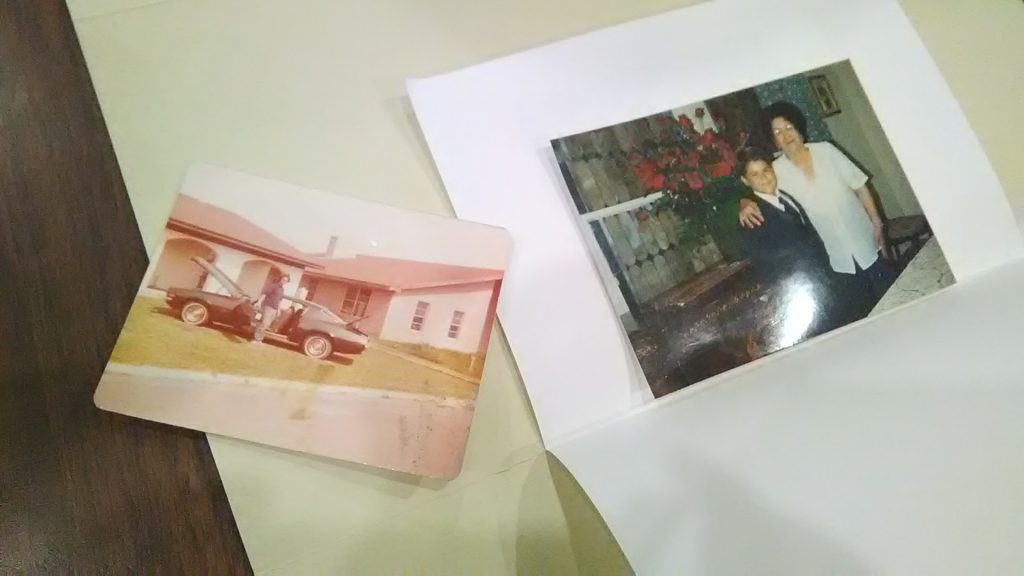
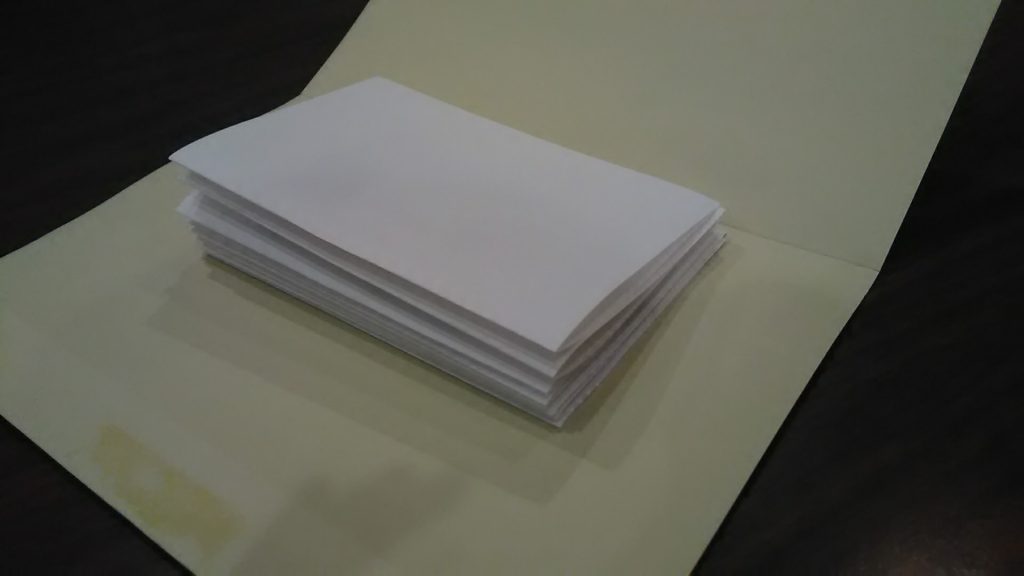
In total, this process took less than half an hour and is a pivotal single step in ensuring the longevity and accuracy of the records existing in what first began as a high school assignment.
Cedar Risica and the costume
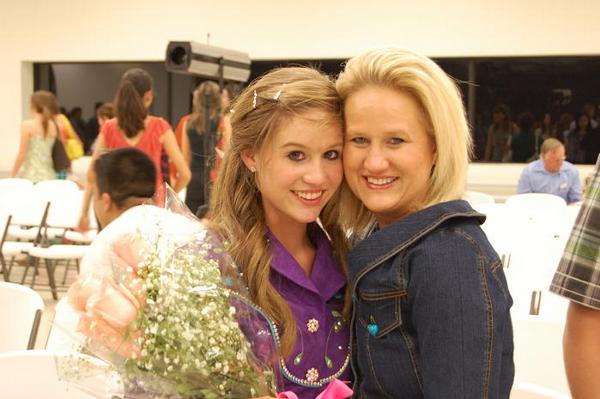
I designed and wore this costume when I competed in the Rio Grande Valley Livestock Show Cover Girl Contest in 2010. Since then, it has been hanging forgotten in the back of a closet collecting dust.
In March of 2017, MOSTHistory started a partnership with the Rio Grande Valley Livestock Show and I finally brought my old, forgotten costume back into the light again! The costume was used as a part of the RGVLS exhibit during the month of March. Once the display was taken down, I didn’t want to hang it back up in my closet just to be forgotten again, so instead, I decided to make it my Single Step Project!
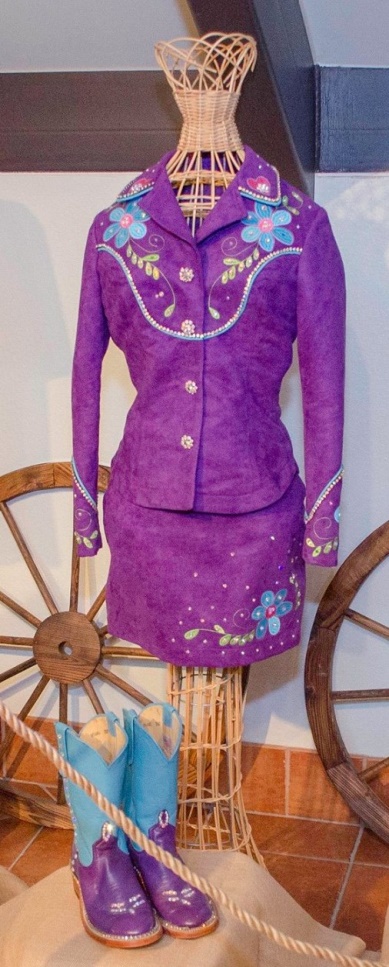
First, with the help of some of my coworkers, I found an acid-free box from Gaylord Archival that my costume fit in just perfectly.
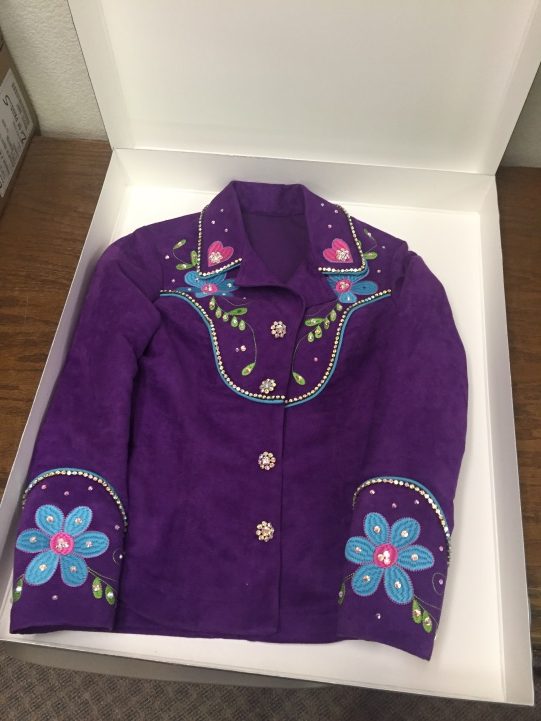
Next, I stuffed the inside of my costume with tissue paper (also from Gaylord Archival). I made sure not to forget the sleeves or collar in order to preserve the shape of the costume and made sure that nothing was folded or creased.
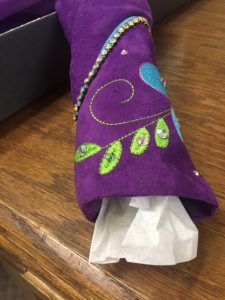
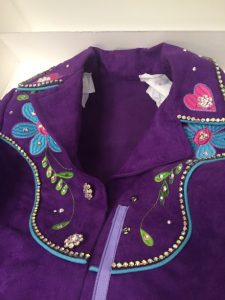
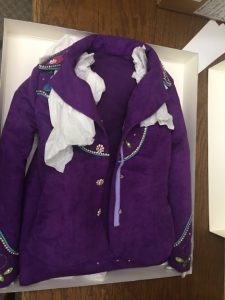
Then, I closed up the box!
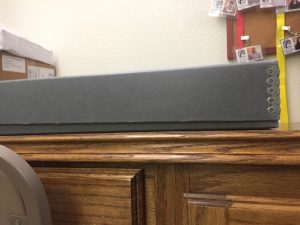
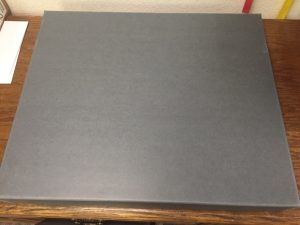
I now plan to store my costume on a high shelf in my closet at home and can rest easy knowing that it is safe and secure!
Pamela Morales and the school projects
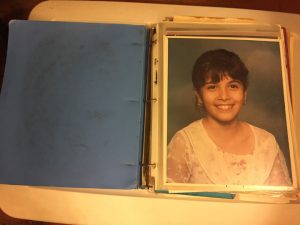
For my Single-Step Preservation Project, I decided to safely archive school photographs and projects. In the photograph above, you can see that my photographs were stored using a dingy (and acidic) binder with an acid sheet protector.
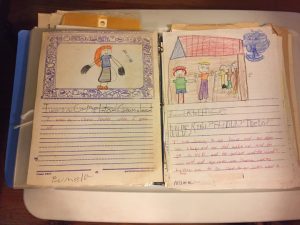 My mother had kept most of elementary school projects and documents but had not been stored properly. I had the projects and documents loosely stored inside the dingy binder without sheet protectors.
My mother had kept most of elementary school projects and documents but had not been stored properly. I had the projects and documents loosely stored inside the dingy binder without sheet protectors.
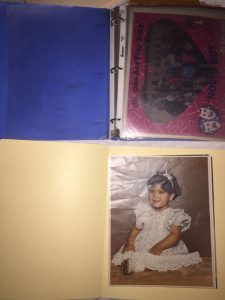 In order to preserve the photographs, projects and documents, I bought acid-free folders and storage box. Everything was taken out of the sheet protectors and neatly archived inside the acid-free folders.
In order to preserve the photographs, projects and documents, I bought acid-free folders and storage box. Everything was taken out of the sheet protectors and neatly archived inside the acid-free folders.
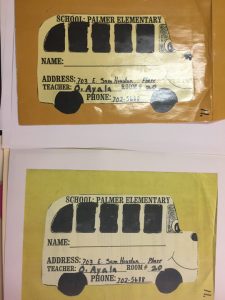 It is common to not archive laminated documents because the acids from the lamination can leak and ruin the other documents inside the folder. I decided to scan the laminated folder, which had stored my report cards from elementary, and print the scans on cotton paper. It is also common to print and/or use cotton paper to preserve scans and photographs.
It is common to not archive laminated documents because the acids from the lamination can leak and ruin the other documents inside the folder. I decided to scan the laminated folder, which had stored my report cards from elementary, and print the scans on cotton paper. It is also common to print and/or use cotton paper to preserve scans and photographs.
Below there are two photographs, on the left shows the acid-free folders that I used to archive my school photographs, projects and documents. On the right is the acid-free box I bought on Amazon so that i can store all my acid-free folders. This project isn’t complete since I will have to label the folders with pencil and also find (if I can) the other school projects, documents and photographs that my mother saved. In the mean time, everything is safely archived and a lot easier to maintain.
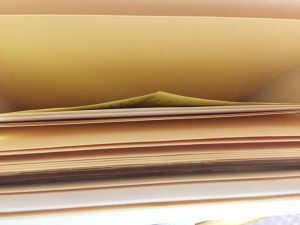
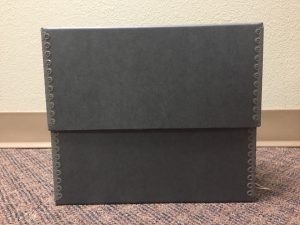

200 N Closner Blvd Edinburg, Texas 78541
T: +1-956-383-6911 F: +1-956-381-8518
Copyright © 2016 Museum of South Texas History. All rights reserved.
American Alliance of Museums Accredited Museum
